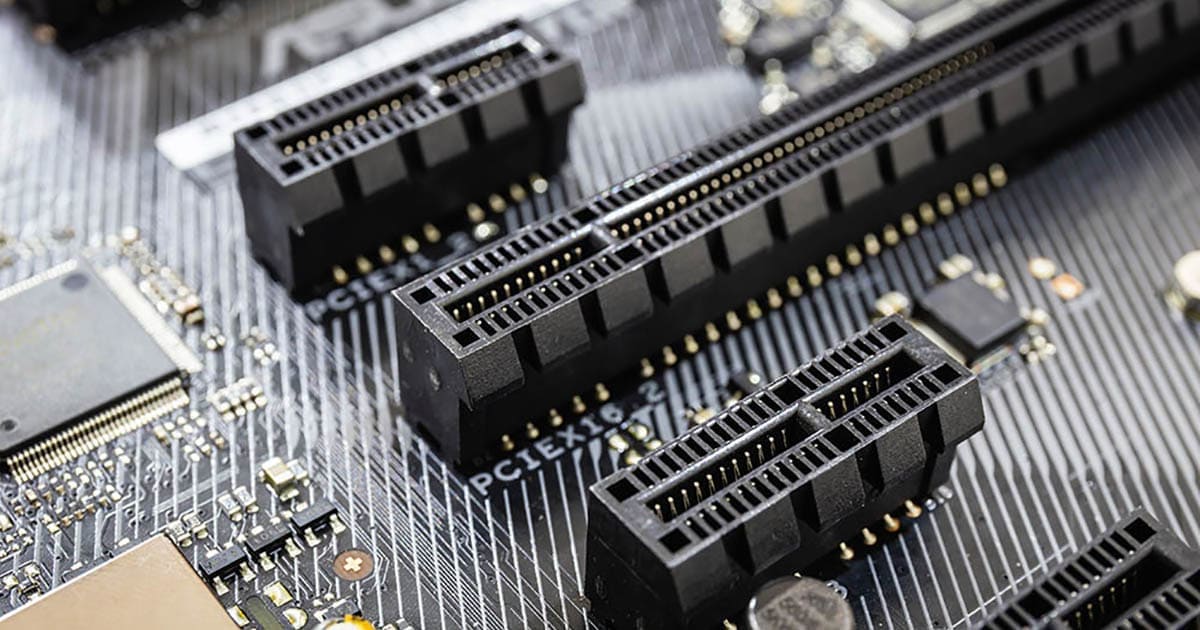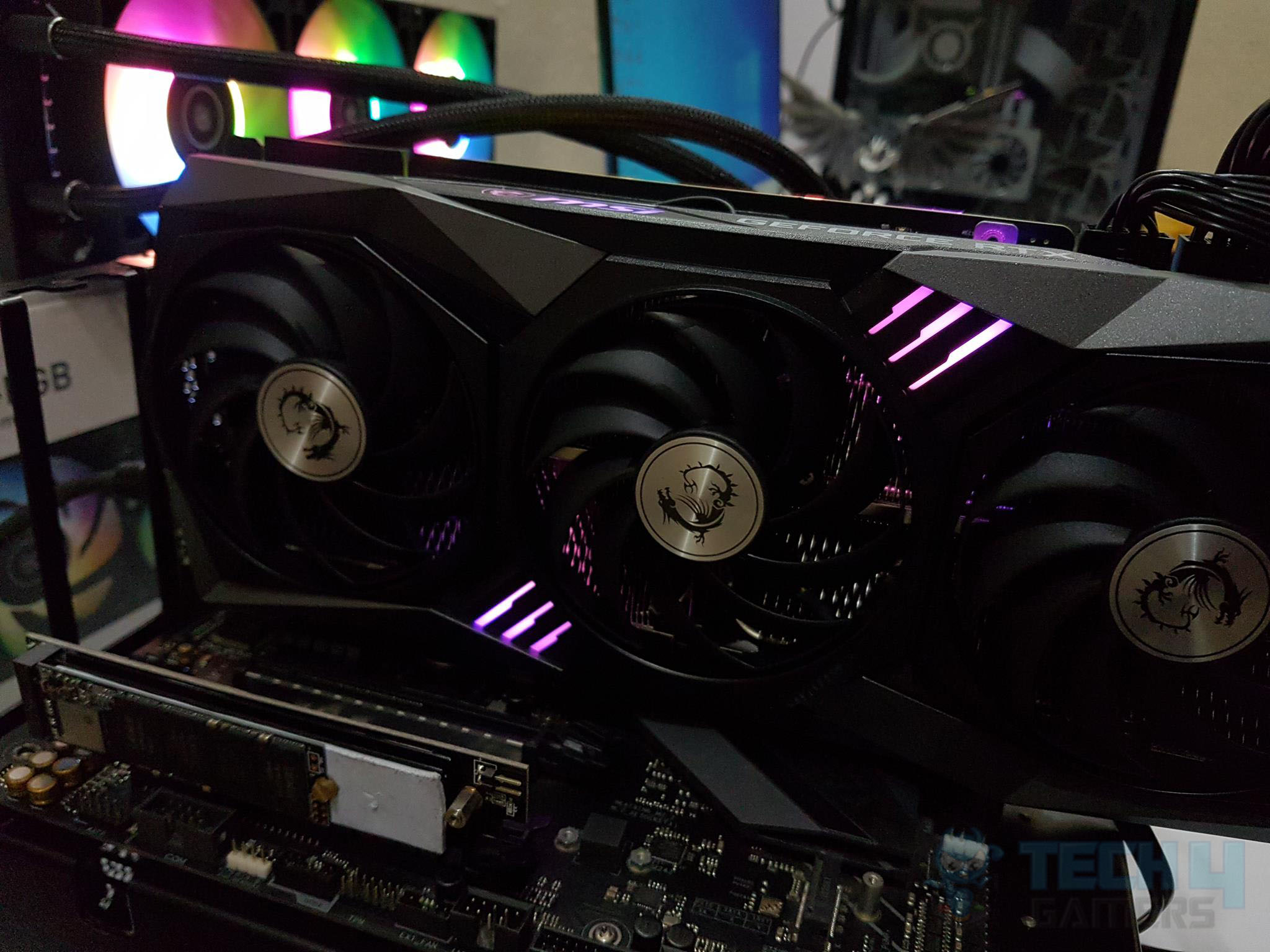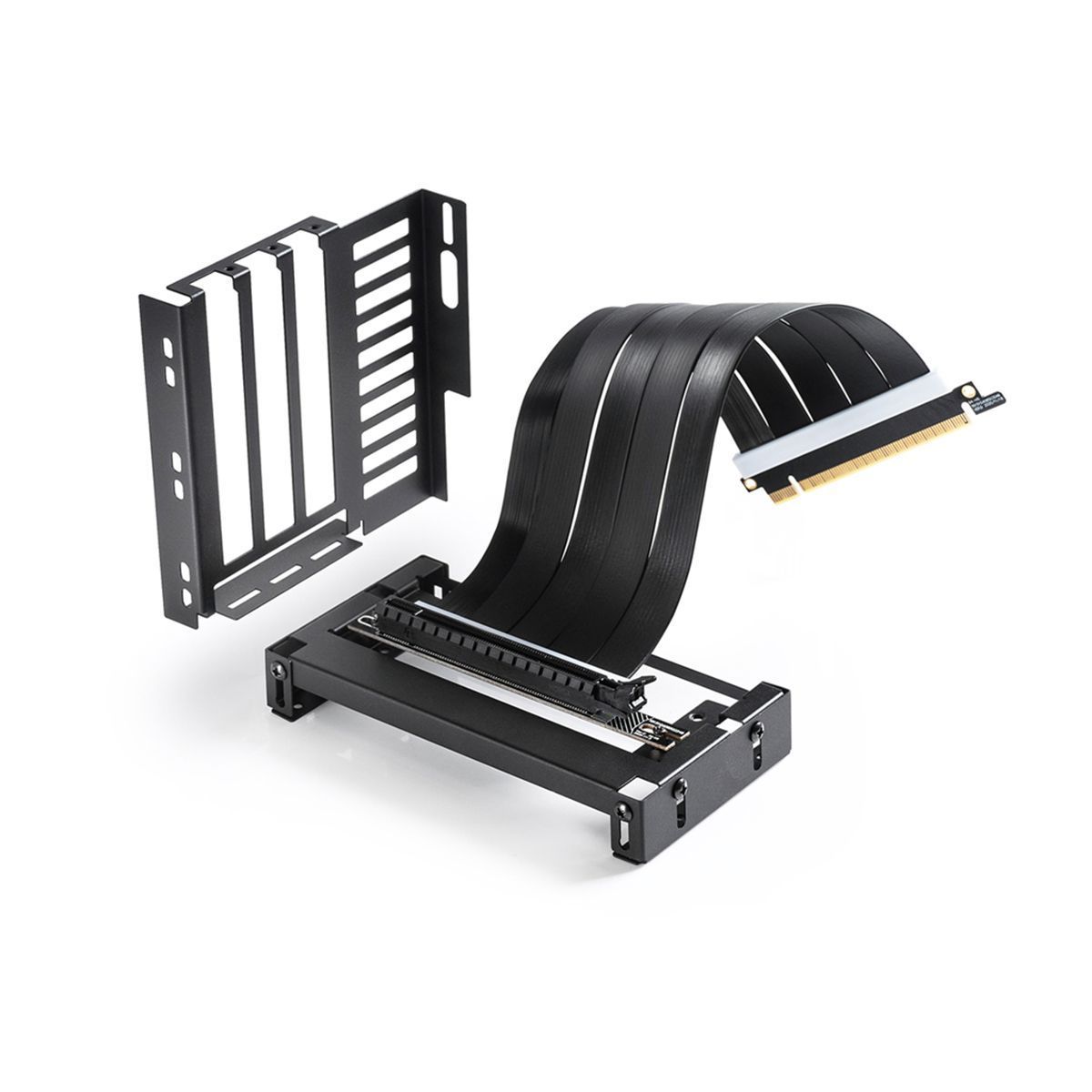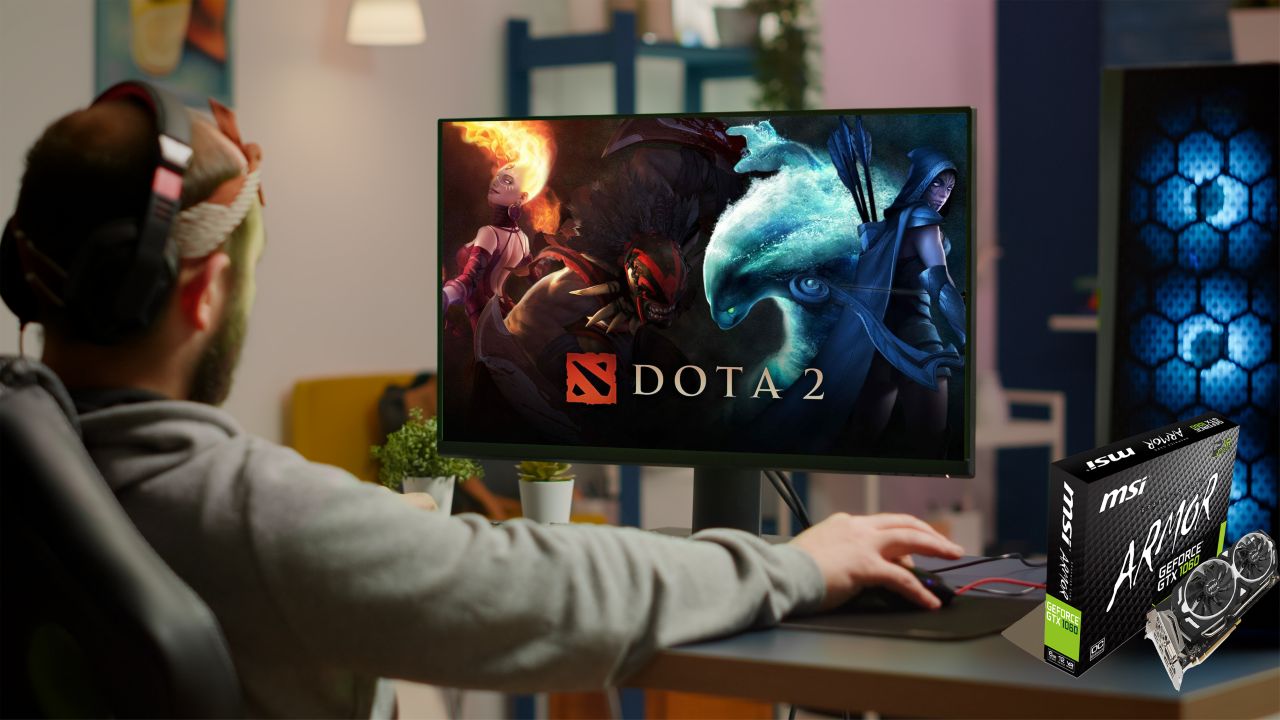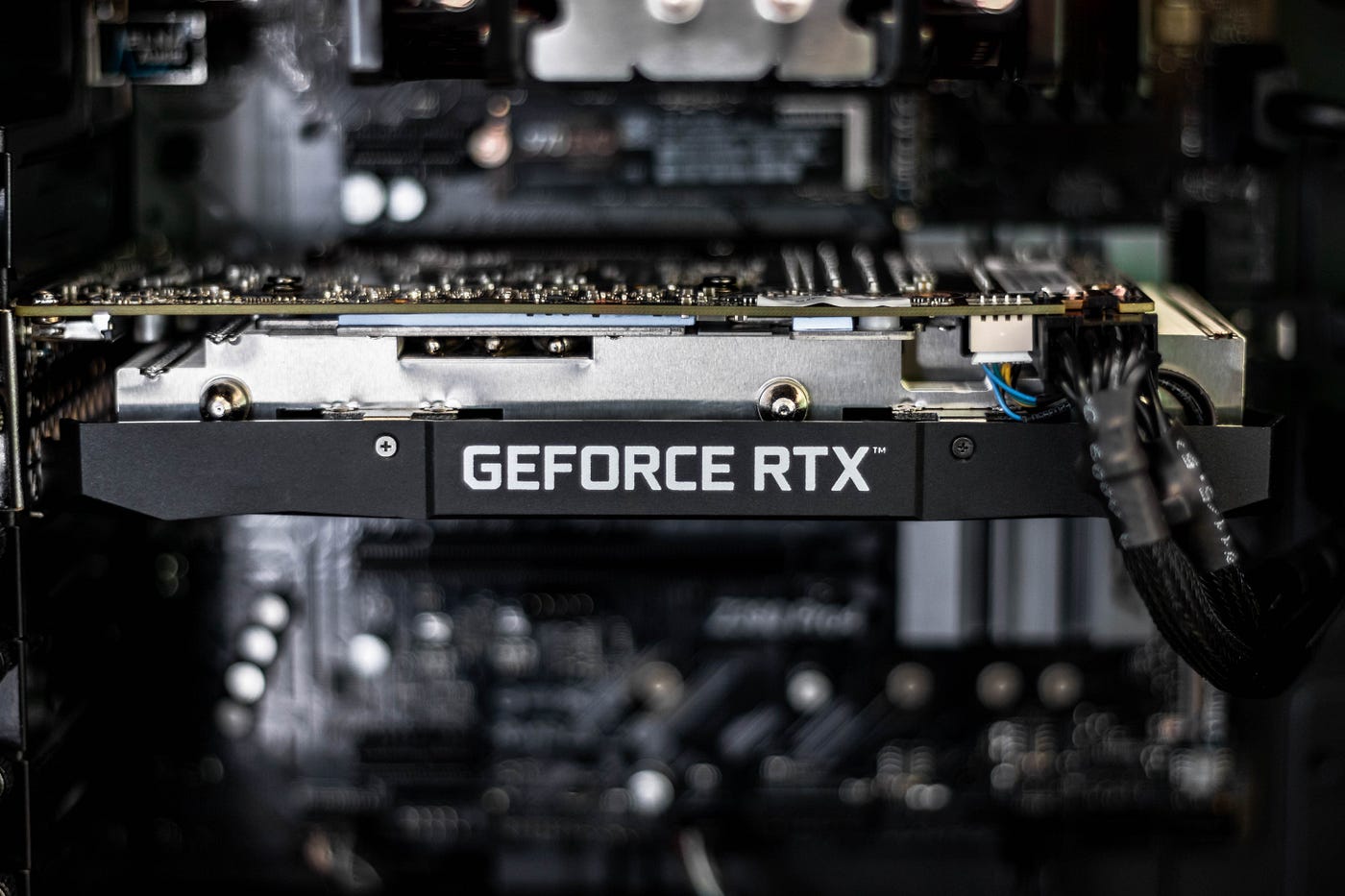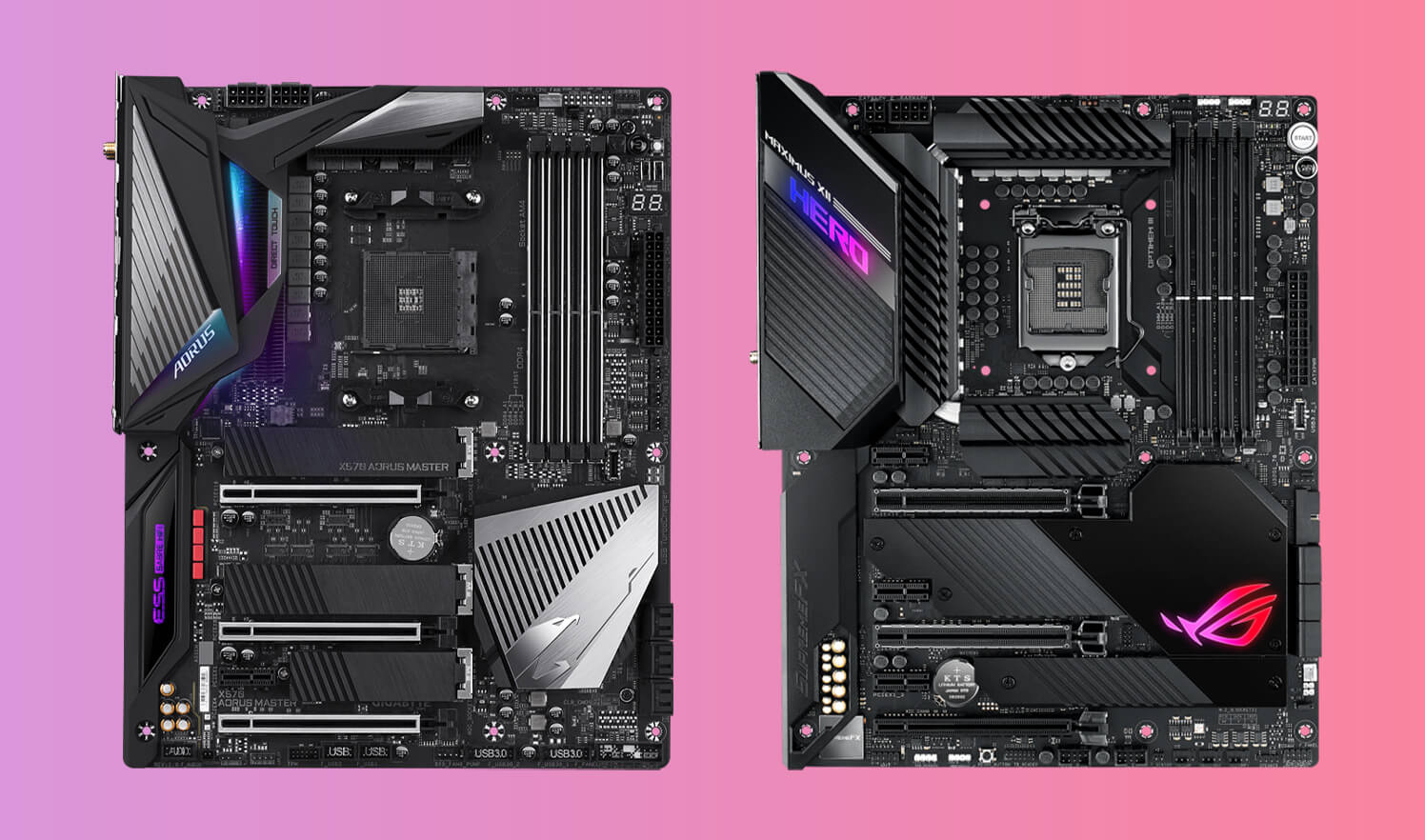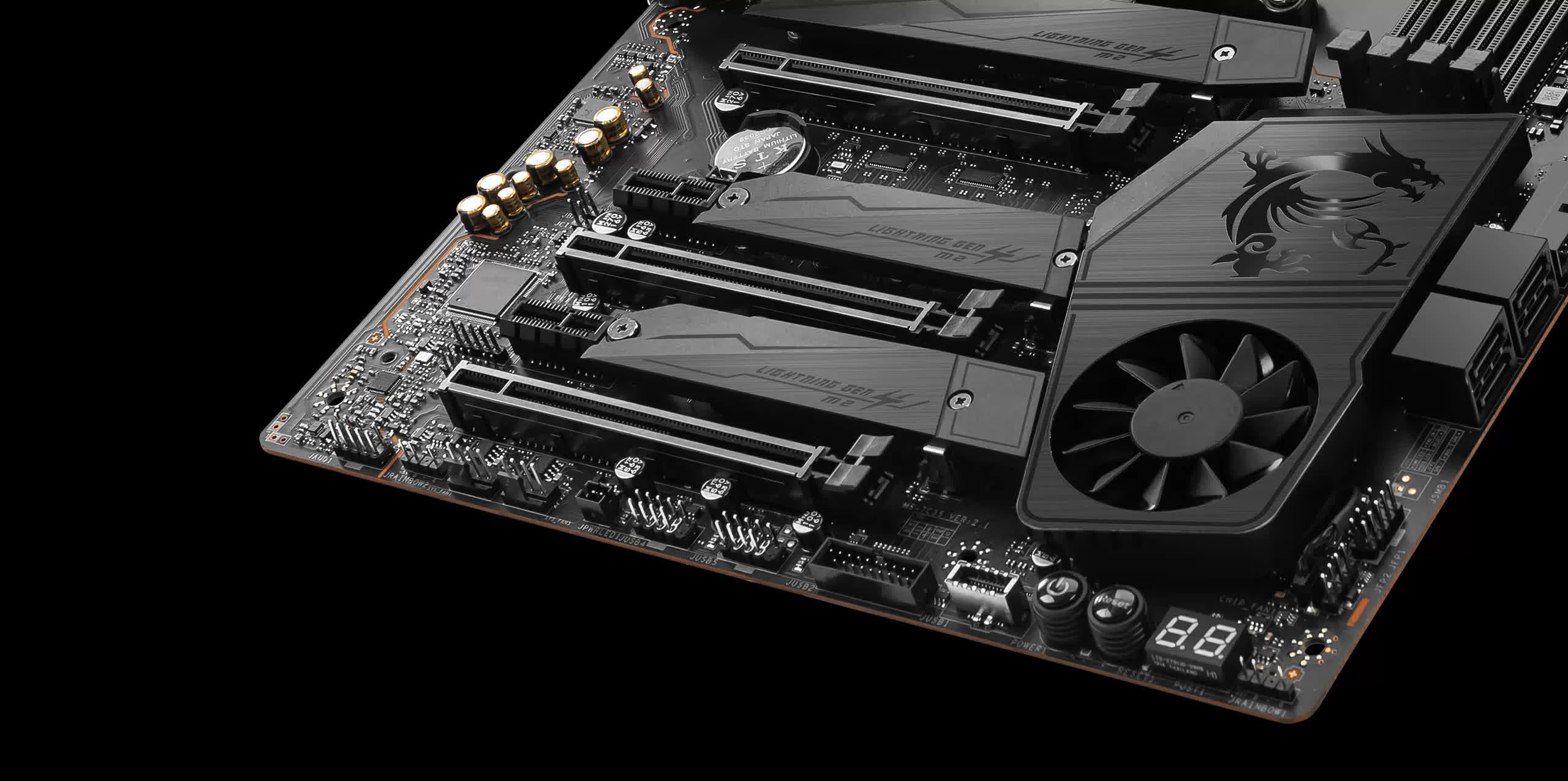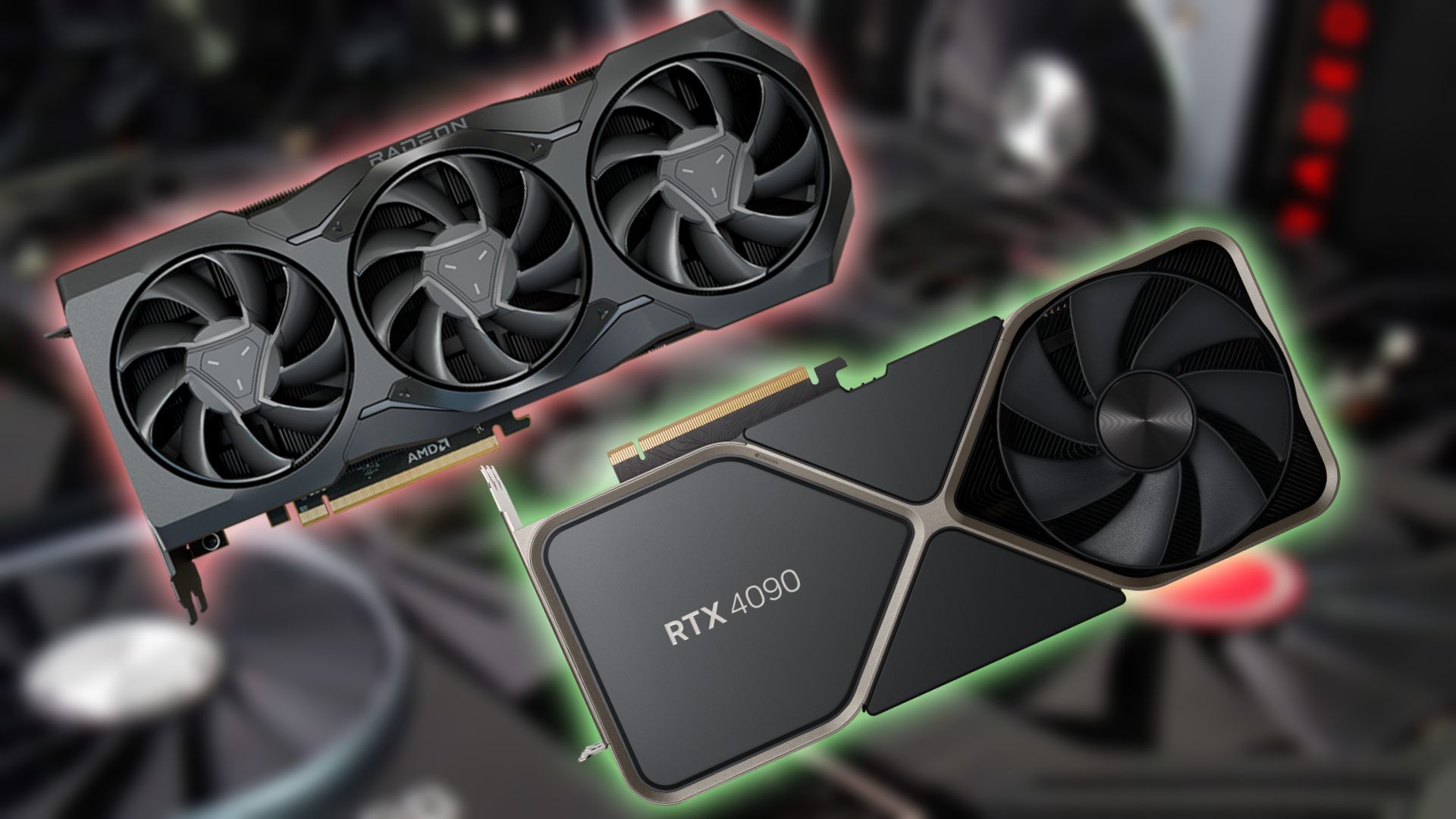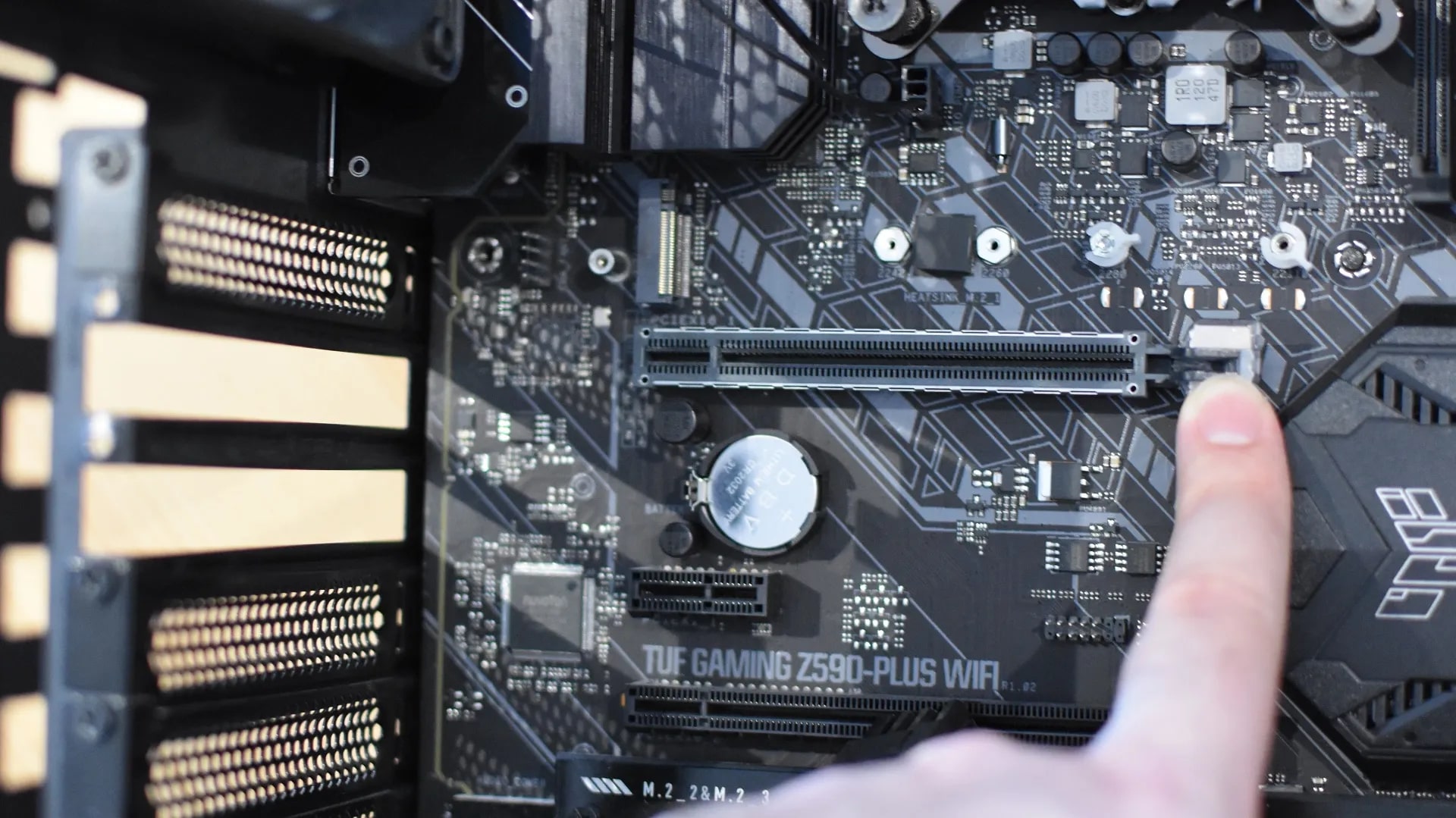Introduction
When it comes to maximizing the performance of your graphics card, understanding how many PCIe lanes your GPU is using is crucial. PCIe (Peripheral Component Interconnect Express) is a high-speed serial computer expansion bus that allows devices, such as graphics cards, to communicate with the motherboard. PCIe lanes determine the bandwidth available for data transfer between your GPU and other components in your system.
Knowing the number of PCIe lanes your GPU is utilizing can help you identify any potential bottlenecks or performance issues. A higher number of lanes generally translates to better performance, as it allows for faster data transfer and reduced latency. By checking the number of PCIe lanes being utilized, you can ensure that your GPU is operating at its maximum potential.
In this article, we will explore different methods to check how many PCIe lanes your GPU is using. These methods will provide you with valuable insights into your graphics card’s performance and help you optimize your system for gaming, graphic design, or other demanding tasks.
What are PCIe lanes?
PCIe (Peripheral Component Interconnect Express) lanes are pathways that allow data to flow between the graphics card (GPU) and the motherboard in a computer system. They are essential for enabling high-speed communication and data transfer between the GPU and other components.
Each PCIe lane carries a specific amount of bandwidth, which determines the amount of data that can be transferred per second. The more PCIe lanes a graphics card has access to, the greater the potential for high-speed data transfer and improved performance.
Modern graphics cards typically utilize either PCIe 3.0 or PCIe 4.0 technology. PCIe 3.0 lanes offer a bandwidth of up to 1 GB/s per lane, while PCIe 4.0 lanes provide a doubled bandwidth of up to 2 GB/s per lane. The number of lanes can vary depending on the specific GPU model and motherboard configuration.
It’s important to note that the number of PCIe lanes available for graphics cards depends on the motherboard’s chipset and its capabilities. Higher-end motherboards often provide more PCIe lanes to accommodate multiple graphics cards or other expansion cards. On the other hand, entry-level motherboards may have a limited number of PCIe lanes available for expansion cards.
PCIe lanes are not limited to graphics cards. Other components, such as storage devices (NVMe SSDs), network cards, sound cards, and capture cards, can also utilize PCIe lanes for high-speed communication with the rest of the system.
Understanding the concept of PCIe lanes is crucial for assessing the potential performance of your graphics card. By knowing the number of PCIe lanes your GPU can access, you can determine if it is operating at its optimal level or if there are any limitations that could be impacting its performance.
Why do you need to check how many PCIe lanes your GPU is using?
Checking the number of PCIe lanes your GPU is using is crucial for several reasons. Here are some key reasons why you should pay attention to this information:
- Optimizing Performance: The number of PCIe lanes directly affects the performance of your graphics card. If your GPU is not utilizing the maximum number of lanes available, it may not be operating at its optimal performance level. By checking the number of PCIe lanes, you can ensure that your GPU is running at its full potential and take necessary steps to improve performance if needed.
- Identifying Bottlenecks: PCIe lanes act as a pathway for data transfer between the GPU and other components in your system. If your graphics card is not utilizing enough PCIe lanes, it may result in a bottleneck, limiting the data transfer capacity and affecting overall performance. By checking the number of PCIe lanes, you can identify and address any potential bottlenecks to ensure smooth and efficient data transfer.
- Upgrading Considerations: When considering upgrading your GPU or other components in your system, it is essential to know the available PCIe lanes. Different graphics cards require different numbers of PCIe lanes to operate optimally. By checking the available lanes, you can determine if your system can support the desired upgrade or if you need to make adjustments, such as upgrading the motherboard, to accommodate the new hardware.
- Troubleshooting Potential Issues: In some cases, if your GPU is not functioning as expected or experiencing performance issues, checking the number of PCIe lanes can help in troubleshooting the problem. If you find that your graphics card is not utilizing the expected number of lanes, it may indicate a configuration issue or a problem with the motherboard connectivity. By identifying this, you can take appropriate steps to resolve the issue or seek further technical assistance.
Overall, checking the number of PCIe lanes your GPU is using is essential for optimizing performance, identifying bottlenecks, considering upgrades, and troubleshooting potential problems. It provides valuable insights into the performance and capabilities of your graphics card, enabling you to make informed decisions and take necessary actions to ensure optimal functionality and performance of your system.
Method 1: Using GPU-Z
GPU-Z is a popular software utility that provides detailed information about your graphics card. It is a reliable tool to check the number of PCIe lanes your GPU is using. Follow these steps to use GPU-Z:
- Download and install GPU-Z from the official website (https://www.techpowerup.com/gpuz/).
- Launch GPU-Z and let it detect your graphics card.
- Once GPU-Z opens, you will see a wealth of information about your GPU. Look for the “Bus Interface” field, which shows the number of PCIe lanes being utilized by your graphics card.
- The “Bus Interface” field will indicate the version of PCIe (e.g., PCIe 3.0 or PCIe 4.0) and the number of lanes being utilized by your GPU (e.g., x16, x8, x4). This information will help you determine if your GPU is operating at its maximum potential or if there are any limitations due to PCIe bandwidth.
By using GPU-Z, you can easily access the information about the number of PCIe lanes your GPU is using. It is a user-friendly tool that provides valuable insights into your graphics card’s performance and configuration.
Method 2: Using Device Manager
The Device Manager is a built-in Windows utility that allows you to manage and view the hardware devices installed on your computer. You can also use it to check the number of PCIe lanes your GPU is using. Here’s how:
- Open the Run dialog box by pressing Windows + R on your keyboard.
- Type devmgmt.msc in the Run box and press Enter to open the Device Manager.
- In the Device Manager window, expand the category labeled Display adapters or Graphics cards.
- Locate your graphics card in the list and right-click on it.
- In the context menu, select Properties.
- In the properties window, go to the Details tab.
- In the drop-down menu, select Hardware Ids.
- Look for the line that starts with PCI\VEN_ followed by a series of numbers and letters.
- The number after DEV_ in the hardware ID represents the number of PCIe lanes being utilized by your graphics card. For example, if the hardware ID is PCI\VEN_10DE&DEV_1F08, the “1F” portion indicates that your GPU is using 31 PCIe lanes. The first number before the “F” (in this case, “3”) represents the PCI Express generation (e.g., PCIe 3.0).
Using Device Manager, you can quickly check the number of PCIe lanes your GPU is using. It is a convenient method, especially for users who prefer utilizing built-in Windows utilities to access hardware information.
Method 3: Using Command Prompt
Another method to check the number of PCIe lanes your GPU is using is through the Command Prompt. This method provides a quick and direct way to obtain the necessary information. Follow these steps:
- Open the Command Prompt by typing cmd in the Windows search bar and selecting the Command Prompt app.
- In the Command Prompt window, type the following command and press Enter:
wmic path win32_videocontroller get pnpdeviceid - A list of information will be displayed. Look for the line that starts with PNPDeviceID=.
- The code after VEN_ and DEV_ in the PNPDeviceID represents your graphics card’s hardware ID.
- Take note of the number after DEV_ in the hardware ID.
- The first character before the number indicates the PCI Express generation (e.g., 1 for PCIe 1.0, 2 for PCIe 2.0, 3 for PCIe 3.0).
- The number after DEV_ represents the number of PCIe lanes used by your graphics card. For example, if the hardware ID is PCI\VEN_10DE&DEV_1F08, the “1F” portion indicates that your GPU is using 31 PCIe lanes.
Using the Command Prompt, you can obtain the necessary information about the number of PCIe lanes your GPU is using quickly and without the need for third-party software.
Method 4: Using CPU-Z
CPU-Z is a widely-used software utility that provides detailed information about your computer’s hardware. While its primary focus is on CPU-related details, CPU-Z also offers valuable information about your graphics card, including the number of PCIe lanes being utilized. Here’s how to use CPU-Z:
- Download and install CPU-Z from the official website (https://www.cpuid.com/softwares/cpu-z.html).
- Launch CPU-Z and allow it to detect your system’s hardware.
- Once CPU-Z opens, click on the Graphics tab.
- Under the Bus Interface section, you will find information about the number of PCIe lanes being used by your GPU.
- The “PCI-E x16” field indicates the number of lanes your GPU is utilizing. For example, if it shows “PCI-E x16 @ x8 3.0“, it means your graphics card is currently utilizing eight PCIe lanes out of the available sixteen, with PCIe 3.0 technology.
CPU-Z provides a straightforward way to determine the number of PCIe lanes your GPU is using. It is a reliable and user-friendly software utility that gives you in-depth insights into your computer’s hardware configuration.
Conclusion
Knowing how many PCIe lanes your GPU is using is crucial for optimizing performance and ensuring efficient data transfer between your graphics card and other components in your system. By checking the number of PCIe lanes, you can identify potential bottlenecks, troubleshoot performance issues, and make informed decisions when considering hardware upgrades.
In this article, we explored four methods to check how many PCIe lanes your GPU is utilizing. GPU-Z provides a user-friendly interface to obtain detailed information about your graphics card, including the number of PCIe lanes. Device Manager allows you to access hardware information within Windows, making it convenient and easily accessible. Command Prompt offers a quick and direct method for obtaining the necessary information without the need for additional software. CPU-Z, although primarily focused on CPU details, also provides essential information about your graphics card, including the number of PCIe lanes being used.
By utilizing these methods, you can ensure that your GPU is operating at its maximum potential and address any performance limitations. Understanding the number of PCIe lanes your GPU is using empowers you to make informed decisions when it comes to optimizing your system for gaming, graphic design, or other resource-intensive tasks.
Remember, different GPUs and motherboards have varying numbers of PCIe lanes available. It is essential to consult the specifications of your specific hardware to determine the optimal configuration for your system. Checking the number of PCIe lanes your GPU is using is just one step towards maximizing performance and achieving a seamless computing experience.







